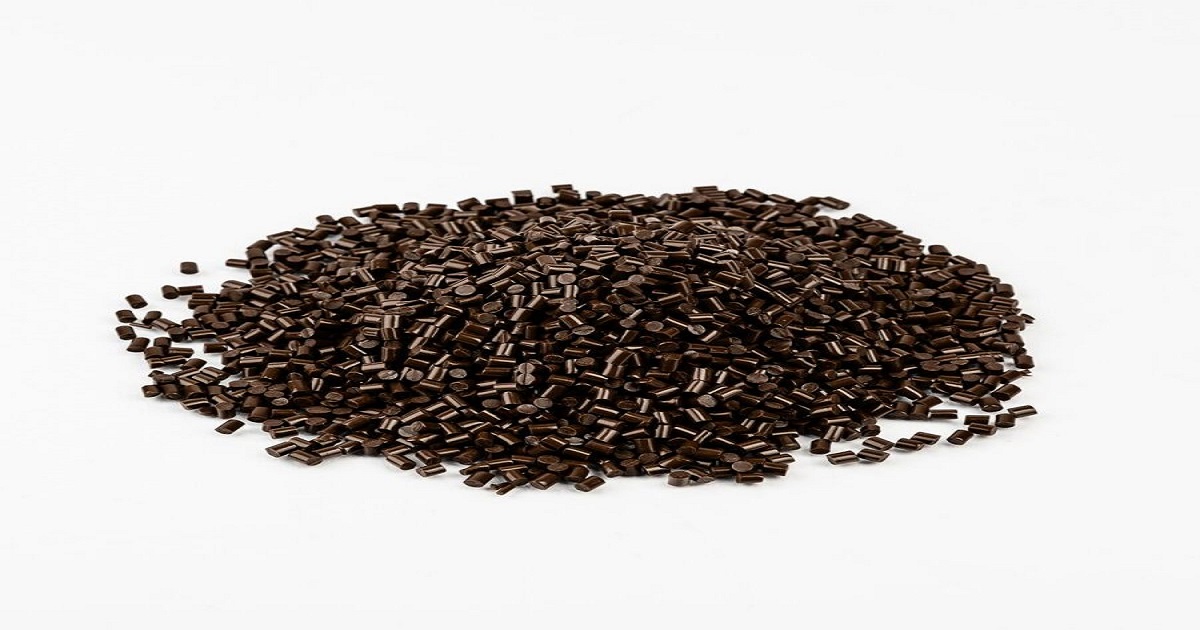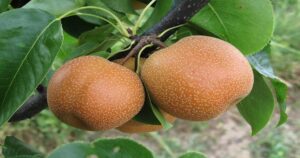Introduction to Keratins
Keratins are essential proteins that serve as the building blocks for various tissues in the human body, particularly in hair, skin, and nails. These structural proteins provide strength, flexibility, and resilience to these tissues, playing a vital role in their overall health and function.
What Are Keratins?
Keratins belong to a family of fibrous structural proteins that are tough, insoluble in water, and highly durable. They are primarily found in epithelial cells, which are cells that line the surfaces and cavities of the body. The unique properties of keratins make them crucial for protecting tissues from mechanical damage, environmental stressors, and microbial infections.
Types of Keratins
There are two main types of keratins: alpha-keratins and beta-keratins. These types differ in their structure and distribution across different species and tissues.
Alpha-Keratins: Foundational Proteins
Alpha-keratins are the predominant type found in mammals, including humans. They are particularly abundant in tissues such as hair, skin, and nails, where they provide structural support and resilience.
Distribution in Hair
In hair follicles, alpha-keratins form long filaments that intertwine to create a strong, flexible structure. This structure gives hair its elasticity and strength, protecting it from breakage and environmental damage.
Role in Skin
In the epidermis (the outer layer of the skin), alpha-keratins form a barrier that protects underlying tissues from pathogens, UV radiation, and dehydration. This barrier function is essential for maintaining skin integrity and health.
Function in Nails
Alpha-keratins also play a crucial role in the formation of nails. They contribute to the hardness and durability of nails, allowing them to withstand daily wear and tear.
Beta-Keratins: Adaptations in Avian and Reptilian Tissues
Beta-keratins are primarily found in birds, reptiles, and some mammals. They share similarities with alpha-keratins but are adapted to meet the specific structural needs of these species.
Adaptations in Feathers
In birds, beta-keratins are crucial for the formation of feathers. These proteins provide lightweight yet strong structural support, which is essential for flight, insulation, and display purposes.
In Reptilian Scales
In reptiles, beta-keratins contribute to the toughness and impermeability of scales. This adaptation helps protect reptiles from predators and harsh environmental conditions.
Importance of Keratins in Beauty and Health
Keratins play a significant role in both cosmetic and medical applications, highlighting their importance beyond structural support.
Cosmetic Applications
In the beauty industry, keratin-based treatments are popular for improving hair texture, reducing frizz, and enhancing shine. These treatments help strengthen hair and make it more manageable.
Medical Applications
In medicine, keratin research is crucial for understanding and treating various skin disorders and conditions. For example, disorders like epidermolysis bullosa, which cause blistering and skin fragility, underscore the importance of keratins in maintaining skin integrity.
Conclusion
In conclusion, keratins are indispensable proteins that contribute to the strength, flexibility, and resilience of hair, skin, and nails in humans and other species. Understanding the different types of keratins and their roles in various tissues enhances our knowledge of biological structures and their adaptation to environmental challenges.





















